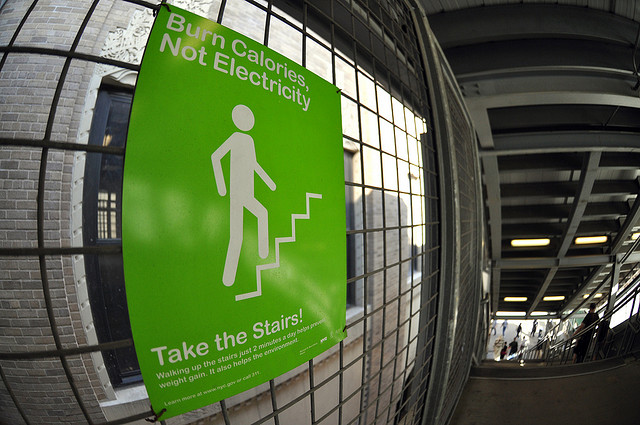Code Green Solutions


Over the last decade, there has been growing interest among public health professionals in improving the built environment – the human-made environment including our buildings, streets, neighborhoods and their amenities – to address health. Recent interest at the US Green Building Council (USGBC) in existing and new credits that can help to promote health as part of their Leadership in Energy and Environmental Design (LEED) green building certification, to also promote human sustainability, provides an important complement to this critical work. The built environment (BE) has always played a vital role in the health of populations. In the 19th and early 20th centuries, leading causes of death – infectious diseases, such as cholera – were conquered through BE measures, such as the creation of safe water supplies and sanitation infrastructure. Today, a different set of diseases are epidemic – non-communicable diseases (NCDs) such as heart disease and stroke, diabetes, cancer and lung diseases. According to the World Health Organization, NCDs are now the leading causes of death globally, and account for 36 million deaths annually. Eighty percent of these deaths, in turn, are preventable through addressing four key behavioral risk factors: tobacco use, physical inactivity, unhealthy diets and harmful use of alcohol.
Scientific organizations now consider the evidence on the association between the built environment and key health behaviors, such as physical activity, to be both sufficient and strong. Both building scale and neighborhood scale factors, from stair promotion to the availability of active recreation spaces to the walkability of neighborhoods, appear to play an important role in promoting or inhibiting regular physical activity.
In response to this evidence, an Active Design Index (ADI) for LEED projects is under development at the USGBC with assistance from a physical activity expert panel, which includes representatives from the US Centers for Disease Control and Prevention, the American Public Health Association, and academic institutions. The ADI will allow the physical activity-promoting potential of any given LEED project to be readily identified. To develop the ADI, the panel reviewed all LEED certification systems and their credits and identified those relevant to supporting physical activity. These credits, primarily Sustainable Site credits, were then weighted by their likely impact on physical activity and the weighted scores were collated into the ADI. There was consensus among the panel that the existing LEED credits thought to impact physical activity, if fully achieved, could likely assist building occupants to achieve approximately 65% of their total physical activity in daily life. Missing strategies in existing LEED credits were identified to be those related to stair and ramp use promotion in buildings, and those that would more comprehensively support active recreation. These strategies are captured in the LEED Pilot Credit, “Design for Active Occupants”, developed in partnership between USGBC and the New York City (NYC) Health Department, working with other NYC city agencies and partners. Since its posting in the LEED Pilot Credit Library, the pilot credit has been used in over 30 LEED projects across the US.
In the paper entitled “Preliminary Study: Active Design Index Scores Across LEED Certification Levels for New Construction and Commercial Interiors Projects,” the co-authors, including staff at USGBC, utilize the proposed weighted scale to score projects that have achieved LEED for New Construction and Major Renovations (NC) and LEED for Commercial Interiors (CI) certification with the 2009 rating system. The paper compares the ADI for each project across different LEED certification levels. There are two key findings: 1. ADI scores increase with higher certification levels in both NC and CI projects, and 2. ADI scores are higher in CI than NC projects. Based on these results, projects with higher levels of LEED certification appear to include more physical activity- promoting design features. We hypothesize that NC developments might be occurring in less walkable neighborhoods compared with CI buildings in existing neighborhoods with higher walkability and/or other physical activity-promoting features. Further studies are needed to test this hypothesis and to integrate the LEED Pilot Credit “Design for Active Occupants” into a comprehensive ADI.